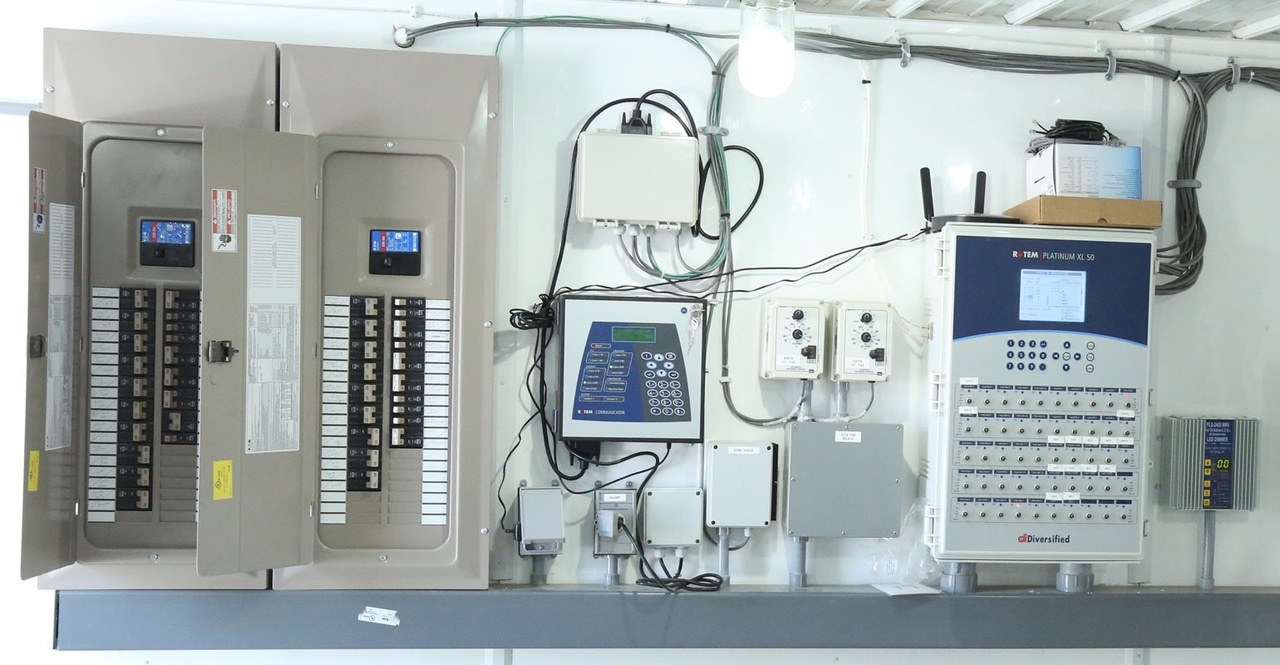Industry-specific mechanical engineering industry support solutions.
Industry-specific mechanical engineering industry support solutions.
Blog Article
Top Tips for Effective Electrical System Troubleshooting
Troubleshooting electric systems calls for a methodical approach, grounded in an extensive understanding of electrical principles and security methods. The nuances of effective troubleshooting extend beyond mere technical understanding; recognizing just how to record searchings for and focus on security can substantially affect outcomes.
Understand the Essentials
Understanding the basics of electrical systems is necessary for efficient troubleshooting, as a solid foundation enables professionals to detect and settle concerns a lot more effectively. A detailed understanding of electrical concepts, such as voltage, present, resistance, and power, is important in determining the source of problems. Voltage is the electric prospective difference that drives current via a circuit, while resistance opposes the circulation of existing, affecting the overall functionality of the system.
Familiarity with circuit components, including resistors, capacitors, diodes, and changes, is also paramount. Each element plays a distinct function in circuit habits and can affect performance when malfunctioning. Additionally, comprehending collection and parallel circuit configurations is essential, as these arrangements influence the circulation of voltage and current within the system.
Professionals should be mindful of prospective dangers, such as shock and brief circuits, to implement safe troubleshooting practices. By mastering these foundational ideas, specialists boost their ability to conduct effective diagnostics and repair work, ultimately leading to enhanced efficiency and integrity of electric systems (electrical system troubleshooting).
Gather Necessary Equipment
Efficient troubleshooting of electric systems requires the right set of devices to detect and fix issues accurately. Essential tools include a multimeter, which gauges voltage, present, and resistance, allowing for specific assessments of electrical parts.
Additionally, insulated hand devices such as screwdrivers, pliers, and wire pole dancers are important for safely controling electric connections. It is also suggested to have a circuit tester available to validate the existence of voltage in electrical outlets and cables. For even more complicated systems, a thermal imaging electronic camera can aid identify overheating elements, showing prospective failings.

Follow a Methodical Technique
Having collected the proper devices, the following action in repairing electric systems is to adhere to an organized method. A methodical technique makes sure that service technicians can recognize mistakes efficiently and accurately, reducing downtime and avoiding unnecessary repair work.
Begin by evaluating the system's schematic diagrams and specifications. Comprehending the layout and functional specifications will provide context for diagnosing concerns. Next off, isolate the problem area by using a procedure of elimination. This involves monitoring each part methodically, beginning with the power resource and functioning towards the load.
Make use of screening devices, such as multimeters and oscilloscopes, to collect objective data about voltage, current, and resistance at numerous factors within the system. This empirical evidence will certainly direct your troubleshooting initiatives Get the facts and assist to confirm or get rid of potential reasons for failing.
Furthermore, consider ecological factors that might affect the system's performance, such as temperature level fluctuations or dampness ingress. An extensive examination of electrical wiring, links, and elements will certainly guarantee that all opportunities are accounted for.
Record Your Findings
Detailed documents is necessary in the repairing procedure of electrical systems. Accurate records improve the performance of recognizing repeating issues and facilitate interaction amongst team participants. Each searching for must be diligently kept in mind, including signs and symptoms observed, examinations carried out, and the end results of those examinations. electrical system troubleshooting. This practice not just aids in recognizing the source of the trouble however likewise offers as a reference for future fixing initiatives.

Additionally, keeping a log of components replaced or repair work performed is important. This information sustains stock management and can help analyze the long life and reliability of certain elements.
Ultimately, the documents process should be comprehensive yet succinct, allowing very easy access and testimonial - electrical system troubleshooting. By focusing on comprehensive paperwork, specialists can develop an important knowledge base that not only help in current troubleshooting yet likewise encourages future maintenance initiatives, thereby boosting general system reliability

Prioritize Security Measures
Identifying the fundamental threats connected with electric systems is essential for ensuring security throughout troubleshooting. Electrical shock, burns, and tools damage are simply a few of the possible risks that specialists face. Prioritizing precaution is not just Visit This Link a lawful commitment but likewise an ethical crucial that safeguards both the technician and the surrounding atmosphere.
Prior to starting any troubleshooting task, professionals should don proper individual protective devices (PPE), consisting of shielded handwear covers, shatterproof glass, and flame-resistant clothes. Making sure that the workspace is dry and devoid of mess can significantly reduce the risk of mishaps. It is crucial to de-energize circuits prior to starting any kind of job, validating that they are not live via the usage of a multimeter or voltage tester.
Establishing clear communication protocols with staff member is likewise crucial; this makes certain that every person recognizes possible threats and the standing of the electrical system being worked with. Having an emergency reaction plan in area can verify important in the event of an incident. By focusing on security steps, specialists can effectively minimize threats and cultivate a more secure work environment.
Conclusion
Efficient electrical system fixing relies on a detailed understanding of fundamental principles and a systematic approach. Prioritizing security actions guarantees the well-being of individuals entailed and the honesty of the electrical system.
Report this page